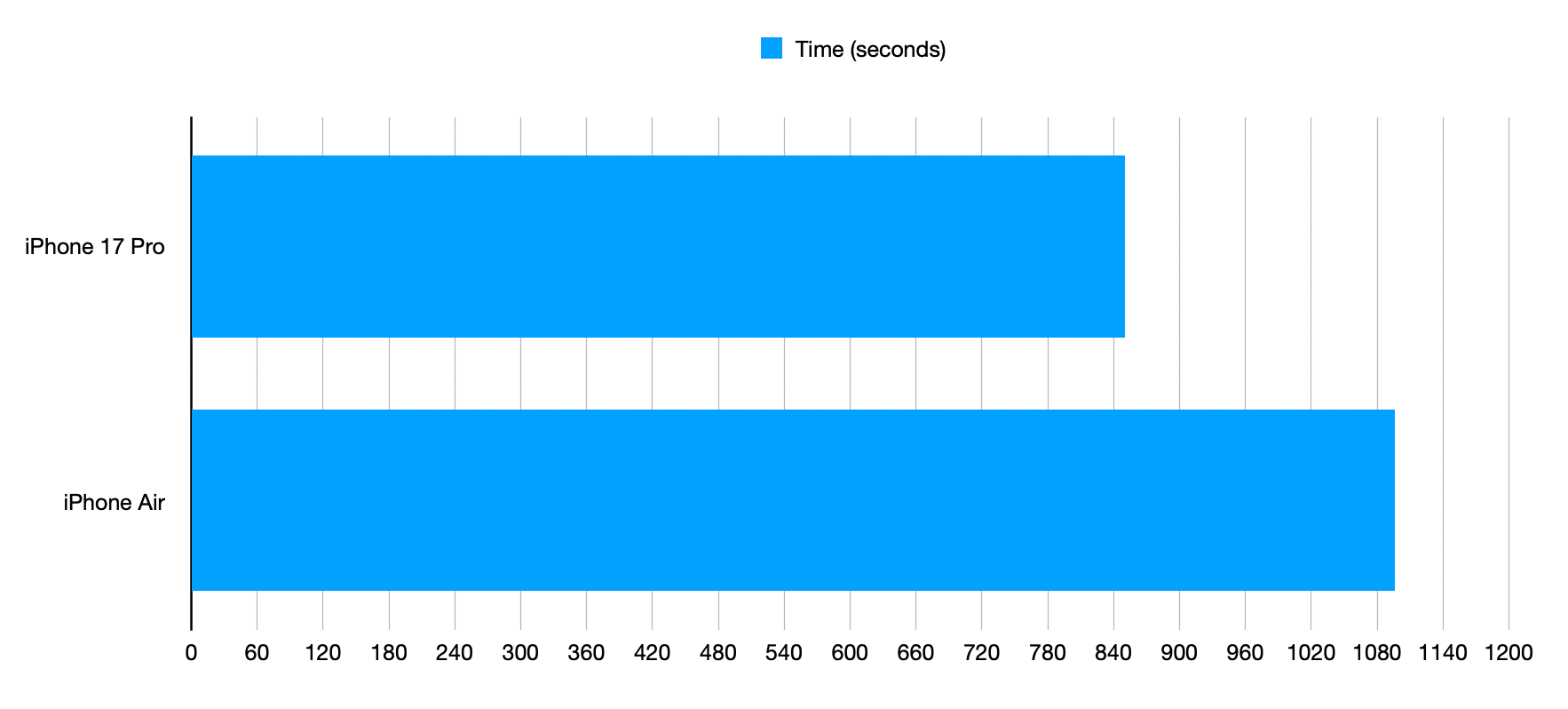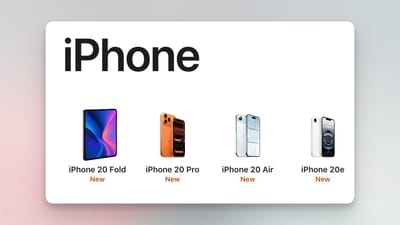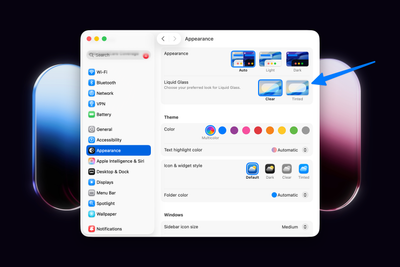Not all A19 Pros are the same
Like most of us, I was surprised to see the A19 Pro in the iPhone Air this year. The ultra-thin design seems like it's suited to a less performant chip, but Apple pulled out all the stops and gave it the same chip as the iPhone 17 Pro and Pro Max.
To be clear, this post is not about how Apple "lied" or anything like that, it's about how the same chip in different hardware can perform quite a bit differently.
See, I happen to make an app that pushes Apple devices to their limits. Quick Subtitles use's Apple's latest tech and local AI models to transcribe audio into text. When doing a single file, the iPhone Air and the iPhone 17 Pro perform almost identically, which makes sense given the same A19 Pro powering both of them.
However, the iPhone Air doesn't have much in the way of cooling down that chip, and the 17 Pro has a new vapor chamber that aims to keep the phone cooler when being pushed to the limit. To test this, I can use the app's batch processing feature to load in a bunch of files (15 files with 14.65 hours of audio) and just have it cook.
The results
As expected, the first file was done in the same time (about 55 seconds), but pretty soon after that a gap started to form. Presumably, the Air hit it's thermal limit and wasn't able to deliver as much power, so it slowed down. Meanwhile, the 17 Pro carried on, seemingly unperturbed by the whole situation. Here's the final times for each device.

It must be said, it's a pretty significant gap, with the 17 Pro completing the task about 29% quicker than the Air. Admittedly, this is a pretty unusual thing to be doing on your phone, but hey, isn't the whole point of the Pro iPhones that they can do more? Well, in this case, they absolutely can.
What was more notable was the heat that I could feel on each device. The iPhone 17 Pro got notably warm all over. Even the bottom of the phone was warm, which is not something I'm used to, but I guess goes to show that the new cooling system does indeed spread out the heat away from the SoC cores. The iPhone Air was a different story, both better and worse. On the better front, when holding the phone like normal, the added warmth was relatively subtle, and less significant than what I was feeling on the 17 Pro. However, when I purposely touched the camera bar on the back of the phone, it was literally too hot to keep my finger there for more than a few seconds. That sucker was scorching hot.
Takeaway
So does this mean the iPhone Air is terrible or that Apple lied about the performance you should expect? No, absolutely not. In most tasks, the iPhone Air is just as performant as the iPhone 17 Pro. However, that cooling system is giving a real benefit on the Pro line, and you can see the difference it is able to create in longer running professional workflows like this.

